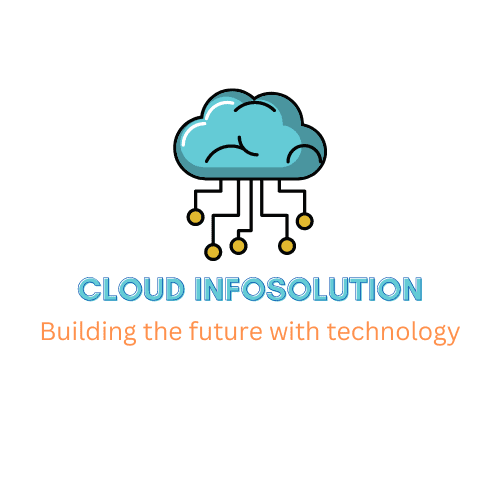Navigating the Cloud: A Comprehensive Guide to Azure Migration
Introduction: A Comprehensive Guide to Azure Migration:
In the dynamic landscape of today’s business environment, organizations are increasingly turning to cloud solutions for enhanced scalability, agility, and cost-effectiveness. Among the leading cloud service providers, Microsoft Azure stands out as a robust platform that empowers businesses to migrate their workloads seamlessly. This comprehensive guide explores the intricacies of Azure cloud migration, offering insights into key considerations, best practices, and the transformative benefits organizations can achieve.
Understanding Azure Cloud Migration:
Azure cloud migration involves the transfer of an organization’s applications, data, and other business elements to Microsoft Azure’s cloud platform. This shift provides businesses with access to a wide array of services, including computing power, storage, and databases, enabling them to leverage advanced technologies like artificial intelligence, machine learning, and the Internet of Things.
Key Considerations for Azure Cloud Migration:
- Assessment and Planning:
– Conduct a thorough inventory of existing on-premises resources.
– Identify dependencies between applications and services.
– Utilize Azure’s migration assessment tools to evaluate compatibility and performance.
- Data Migration Strategy:
– Choose between various data migration methods such as lift-and-shift, re-platforming, or re-architecting.
– Leverage Azure Data Migration Services for a seamless transition of databases.
– Ensure data security and compliance with Azure’s robust encryption and compliance features.
- Application Migration:
– Evaluate application compatibility with Azure using tools like Azure Migrate.
– Prioritize applications based on business criticality and dependencies.
– Consider containerization and Azure Kubernetes Service for containerized application deployment.
- Cost Management:
– Estimate costs using Azure Pricing Calculator.
– Leverage Azure Reserved Instances for cost optimization.
– Implement Azure Cost Management and Billing for ongoing cost monitoring.
Best Practices for Azure Cloud Migration:
- Start with a Pilot Migration:
– Begin with a small-scale migration to test the process and identify potential challenges.
– Learn from the pilot migration to refine the overall migration strategy.
- Implement Security Best Practices:
– Utilize Azure Active Directory for identity and access management.
– Implement Azure Security Center for continuous security monitoring.
– Employ Azure Policy to enforce compliance with organizational standards.
- Optimize Performance:
– Leverage Azure Virtual Machines for scalable and performance-optimized computing.
– Implement Azure Load Balancer for efficient distribution of incoming network traffic.
– Use Azure Monitor to gain insights into the performance of applications and infrastructure.
- Embrace DevOps Practices:
– Implement continuous integration and continuous deployment (CI/CD) pipelines.
– Use Azure DevOps for automating application deployment and infrastructure provisioning.
– Foster collaboration between development and operations teams for seamless workflows.
Transformative Benefits of Azure Cloud Migration:
- Scalability and Flexibility:
– Azure’s scalable infrastructure allows businesses to adapt to changing workloads effortlessly.
– Auto-scaling features ensure optimal resource utilization and cost efficiency.
- Enhanced Security and Compliance:
– Azure’s robust security features and compliance certifications ensure data protection.
– Regular updates and patches contribute to a secure and compliant environment.
- Cost Savings:
– The pay-as-you-go model and cost optimization tools contribute to significant cost savings.
– Efficient resource utilization minimizes unnecessary expenses.
- Innovation Acceleration:
– Azure’s extensive set of services facilitates the adoption of innovative technologies.
– Integration with Azure AI and Azure IoT enables organizations to drive innovation.
Conclusion:
Microsoft Azure’s cloud migration provides organizations with the means to unlock new possibilities, streamline operations, and stay ahead in today’s competitive landscape. By following best practices, considering key factors, and embracing the transformative benefits, businesses can embark on a successful journey to the Azure cloud, ensuring a seamless and efficient migration that aligns with their strategic objectives.

